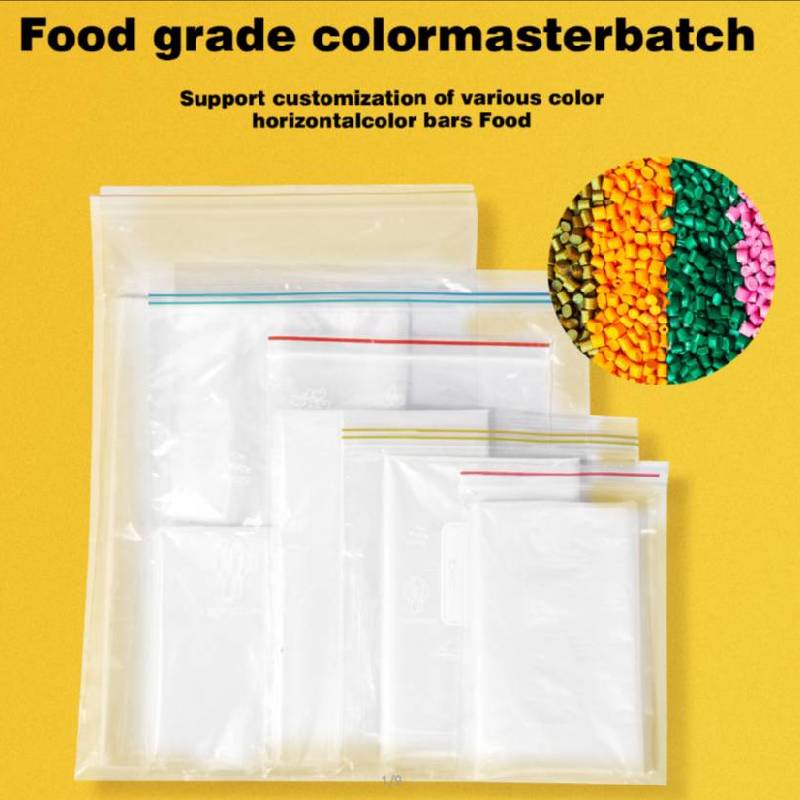Understanding the Versatility and Applications of Stretch Film Plastic in Modern Packaging Solutions
The Versatility and Importance of Stretch Film Plastic
Stretch film plastic, a flexible polyethylene film, has become a staple in various industries due to its strength and versatility. This highly elastic material is primarily used for wrapping and securing products on pallets and for bundling smaller items together. Its ability to conform to the shape of the load while providing excellent protection makes it an invaluable asset for manufacturers, distributors, and retailers alike.
One of the most significant advantages of stretch film is its remarkable stretchability. Stretch films can typically elongate to 300% of their original size, which enables it to tightly secure items without the need for additional adhesives or tapes. This property not only reduces material waste but also minimizes shipping costs as it allows for a more compact packaging design. Properly wrapped goods are less likely to shift, slide, or become damaged during transport, ensuring that products arrive at their destination in pristine condition.
The use of stretch film is prevalent in warehouses and distribution centers, where it serves a critical role in efficient inventory management. Consistent and secure wrapping prevents products from becoming dusty or contaminated during storage. Additionally, it acts as a barrier against moisture and other environmental factors, thus increasing the longevity of the goods within. This protective layer is especially critical for delicate items or perishables that require special handling.
There are two main types of stretch films hand stretch film and machine stretch film. Hand stretch film is typically used for lighter, smaller loads and is applied manually. It is relatively easy to use, making it a favorite among smaller businesses and operations with limited budgets. On the other hand, machine stretch film is employed in automated processes where high-volume wrapping is necessary. It is designed for use with stretch-wrapping machines, leading to faster and more consistent application, which is ideal for large-scale operations.
stretch film plastic

Moreover, stretch films come in various thicknesses and strengths to accommodate different types of products. The choice of film depends on the nature of the items being wrapped. For instance, heavier loads may require thicker and stronger films, while lighter products can be adequately secured with thinner, more economical options. This variety allows businesses to customize their packaging to suit their unique needs, thereby enhancing efficiency and cost-effectiveness.
Sustainability is another crucial consideration in today’s packaging industry, and manufacturers are responding to this need by developing eco-friendly stretch films. Many companies are now offering stretch films made from recycled materials, thus reducing their carbon footprint. Additionally, the lightweight nature of stretch film contributes to lower transportation emissions, as less weight in packaging leads to reduced fuel consumption during shipping.
As e-commerce continues to expand, the demand for reliable and efficient packaging solutions like stretch film plastic is on the rise. With increasing online shopping, ensuring the safe delivery of goods to consumers becomes paramount. Stretch film plays a vital role in this process, providing assurance that products are protected against damage during transit.
In conclusion, stretch film plastic is a versatile and essential component of modern packaging. Its unique properties, including stretchability, protection, and adaptability to various products, make it indispensable across multiple industries. As businesses increasingly prioritize sustainability and efficiency, the role of stretch film in securing goods will continue to grow, reaffirming its importance in the supply chain and logistics landscape. Whether for a small business or a large corporation, stretch film remains a valuable tool in ensuring the safe and efficient transport of products.
-
Self Seal Bags: Secure, Clear, and Customizable Packaging for Every IndustryNewsAug.15,2025
-
Paper Cups: Bulk Solutions for Events, Cafés, and Eco-Friendly ServiceNewsAug.15,2025
-
Laminated Bags: Durable, Customizable Packaging for High-Impact BrandsNewsAug.15,2025
-
Grocery Bags: Smart, Sustainable, and Scalable Solutions for RetailersNewsAug.15,2025
-
Drawstring Bags: Versatile, Customizable, and Cost-Effective for Bulk UseNewsAug.15,2025
-
Disposable Gloves: Wholesale Solutions for Safety, Hygiene, and EfficiencyNewsAug.15,2025
-
Have the freedom of customizing your custom mailers any way you want! Our dedicated packaging support will help deliver you the mailing experience you need to elevate your shipping experience to the next level! Start making a strong impression on your customers and stand out from your competitors! -
LIYA uses high quality raw materials which directly purchased from large enterprises domestic and overseas such as PetroChina, Sinopec, Sabic, Equate, ExxonMobil, Dow Chemical, Total, and Borouge, ensuring the price advantage and quality of the raw materials. -
LIYA uses high quality raw materials which directly purchased from large enterprises domestic and overseas such as PetroChina, Sinopec, Sabic, Equate, ExxonMobil, Dow Chemical, Total, and Borouge, ensuring the price advantage and quality of the raw materials.





